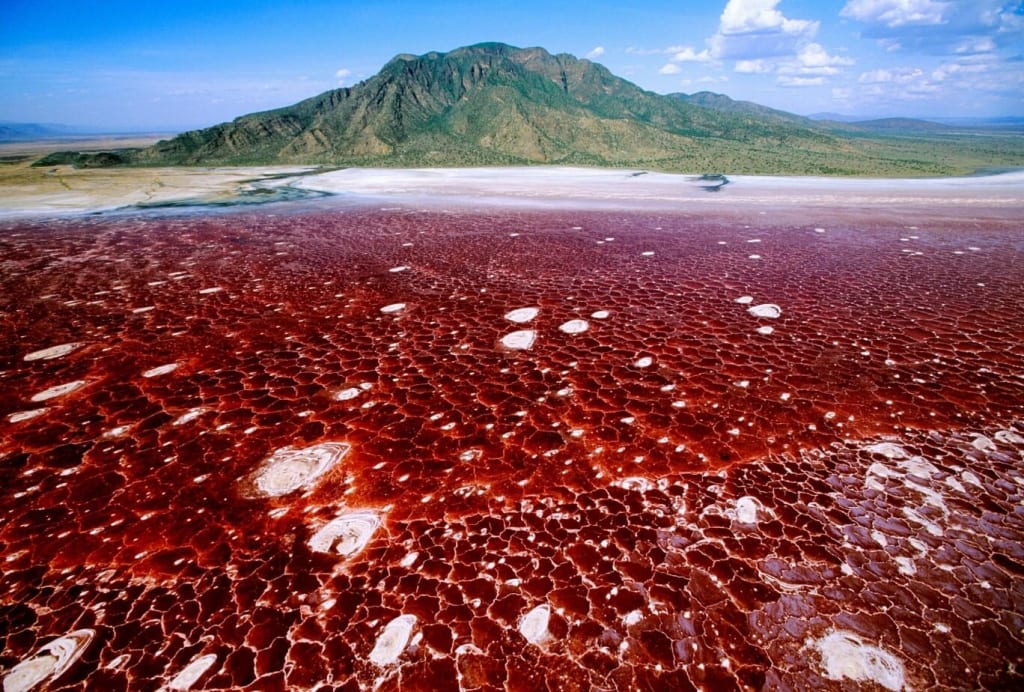Some of the Most Mysterious Places in the World. Part 1
what happened

Starting today, I'm going to explore some of the most mysterious places on Earth. You'll be surprised by what I find and maybe even shock myself with the unbelievable facts about these places.
The Moraki Boulders are unique stones that are identifiable for their high spherical shapes. Many of these rocks can be found scattered around Koekoe Beach, a beach located near Moraki, a small town on New Zealand's Coast. These boulders have been protected by the government as a scientific Reserve due to their appearance. Some of these boulders are even large enough to weigh several tons! The boulders originally formed about 60 million years ago during the early paleocene period. Some of them can even measure up to nine feet across! Over time, the sand and mudstone that covered these rocks slowly eroded away, exposing them to the waves and wind. Nowadays, this beach features an amazing array of seaweed and invertebrate shells. In addition, almost half of the 850 species of seaweed native to New Zealand are not found anywhere else in the world! Because of its special nature, this beach is known as one of the most mysterious places in all of New Zealand.
The Yonaguni Monument is an underwater mystery off the coast of the Ruku islands of Japan. It is speculated to have existed more than 10,000 years, but whether it is completely man-made or has been altered by human hands is still up for debate. Some experts believe that the monument was carved by human hands during the last Ice Age, about 10,000 years ago when Yonaguni was part of a land bridge that connected the site to Taiwan. Anything is possible.
Lake Natron is one of the most inhospitable places on Earth. It's colored a deep red from salt-loving organisms and algae, and reaches hellish temperatures. Humans have formed settlements around it throughout history, but few people want to live near the water anymore. If the salinity of the lake decreases, the cyanobacteria will also decrease and lose habitat for the endangered flamingos. Besides losing a bird habitat, too much water would be diverted South into Lake Natron, causing a loss of a beautiful and salty natural wonder. So, sometimes we have to leave things alone.
The Gobekli Tepe While there may be some gaps in the history of humanity, we can pretty much be certain of our general course. Or do we? Every so often, something happens that calls into question the veracity of all we've ever learned and compels us to start over. It is generally accepted that early people first established permanent communities, then they built farms and temples, all in that order, around 8000 BCE. However, a 1994 Discovery kind of blew that hypothesis wide up. The Gobekli Tepe site in rural Turkey is where researchers made a stunning discovery. them consists of rings of massive stone pillars, each of which had animal pictures engraved into them.
Marianas Trench With warm, crystal-clear waters present in oceans all over the world, the ocean may be a great place. Therefore, it is understandable why beachfront real estate is so expensive. Humans have only explored 20% of the world's oceans, which leaves 80% unexplored. If aliens do exist, there is a chance they are already here living under the sea in the North Pacific Ocean, though this cannot be proven or disproven. 71 percent of our blue planet is covered in water, and humans have only explored 20% of it, which amounts to a drop in the bucket. We've barely begun to explore the depths of the Mariana Trench, the world's deepest known trench. The Mariana Trench is the deepest trench known to man, and we have only begun to understand what inhabits it. One of the researchers discovered sea creatures that can only be characterized as real-life monsters living in the trenches after descending to the depths in 1960 using vessels designed to withstand the pressure over 35000 feet below the surface. Sharks goblins and dragonfish Other creatures that experience a condition known as deep sea gigantism grow to absurdly large sizes include sea devil anglerfish, frilled sharks, and zombie worms. These creatures all live in the coldest, darkest parts of the trench where they are always ready to make a quick meal out of anything they can. The Mariana Trench is a place where nightmares become a reality, and the only thing scarier than these real-life sea monsters are all the creatures down there that we don't know about. Adapting to some of the harshest conditions in the world means transparent skin Deep Sea gigantism and the ability to exist in some of the most bone-crumbling environments.
Grande off the coast of lovely Brazil, nearly a hundred miles from the center of Sao Paulo, is ilja De Camaro Grande, also known as Snake Island. If the name doesn't already give it away, this place is full of snakes; scientists estimate that there are anywhere between one and five snakes per meter, all of which are surviving on migratory birds, some of which are pretty large, meaning the snakes are quite large.Since there are no native predators in this area, 90 of the snake bite-related deaths in Brazil are caused by the golden Lancehead genus of snakes, which is a unique form of pit viper. The snake island's golden lance heads can reach lengths of more than half a meter and have a potent, quickly acting venom that melts the skin around their fangs. For the snakes, this island has been an evolutionary paradise. Due to the requirement for the snake to immediately disable and kill sea birds on land in the island's trees before they had a chance to fly away on an island ecology inhabited by hundreds of competitors, this species' strong venom evolved.The deadly venom of the golden Lance head maximizes its capacity to feed and survive; since there are just other snakes on the island to contend with, it is not necessary for your venom to be the biggest or the worst. In the past, Charles Darwin would have been pleased to be an unwitting fisherman. Because of these tales and the fact that golden Lance heads are particularly dangerous, with the exception of some scientific outfits, no one is allowed to land on the island, according to the Brazilian Navy, aside from the island's final lighthouse keeper and his family.
About the Creator
Beulah Francis
Unconventional






Comments
There are no comments for this story
Be the first to respond and start the conversation.